Sharing is caring!
There are many ways for analyzing a poem. Consider providing a series of questions for analyzing a poem that can grow and change throughout the school year.
At the beginning of the year it might be a matter of just connecting with a poem rather than specific analysis. As comfort with poetry increases in your English classroom, shift to more depth, while ultimately reaching for a TP-CASTT or similar poetry analysis tool.
I love a TP-CASTT that walks through the different aspects as an analyzing poetry graphic organizer. It covers all different aspects of a poem but it can be a challenge for those just starting out with poetry; it’s something to grow into!
20 Questions for Analyzing a Poem
These 20 questions can be part of your poetry analysis how to lesson(s) in class.
- What did the poem make you think about?
- What did you like/dislike about the poem?
- Does the title fit with the poem? Why/why not?
- What is the main image of the poem?
- Who is the speaker of the poem? What kind of person are they? Who are they speaking to?
- What is the “message” of the poem? What is its central idea?
- What is the tone of the poem? Tone is the writer’s attitude about the subject.
- What is the mood of the poem? Mood is the atmosphere or overall feeling.
- How did the poem make you feel? Why?
- What personal connection(s) can you make to the poem?
- What connections to the poem can you make related to other texts (other poems, stories, music, tv, film, etc.)?
- Draw a response to the poem. What do you “see” in reading the poem?
- What is the “best” line in the poem? Why do you think it is the best?
- What figurative language does the poet use? Identify and explain.
- What is the structure of the poem? What connection is there to the content of the poem?
- Review the poem’s diction (specific word choice). What word(s) seem specifically chosen for the poem?
- Who is the speaker of the poem? What kind of person is the speaker?
- Consider the rhyme and meter of the poem. What stands out to you? Why?
- What would you write as the next few lines of this poem?
- What questions do you have for the poem and/or the poet?
How to use the questions
These questions are ideal is small batches rather than all at one time. Depending on the poem and the unit of study where you’re tackling the poem, the choice of questions will vary.
You can use a poem as a bell ringer with a single question. Choose a relatively short poem that relates to the day’s lesson. This can help students focus to start class.

Consider starting with a student’s initial thoughts about a poem. Some students might not have a lot to say if it’s in a whole class discussion so a big paper or solo reflective activity is a better approach. A think-pair-share can also work well here with a student turning to their elbow partner to discuss. Then dive into other specific questions to suit the lesson.
You might even provide the list of questions as a checklist and have students answer different questions each time a poem is used in class. They can check off the question so they can move to another one for the next poem or use the same poem another day for another short response or discussion prompt.
If you’re on the lookout for poems check out this bundle with 40 different full-text poems, which is ideal for bell ringer or minds on activities. There’s also one for Women’s History Month that features a diverse range of women poets. One of the benefits is these double as fast finisher and SEL activities since there’s space to color alongside each poem.

Related Articles:

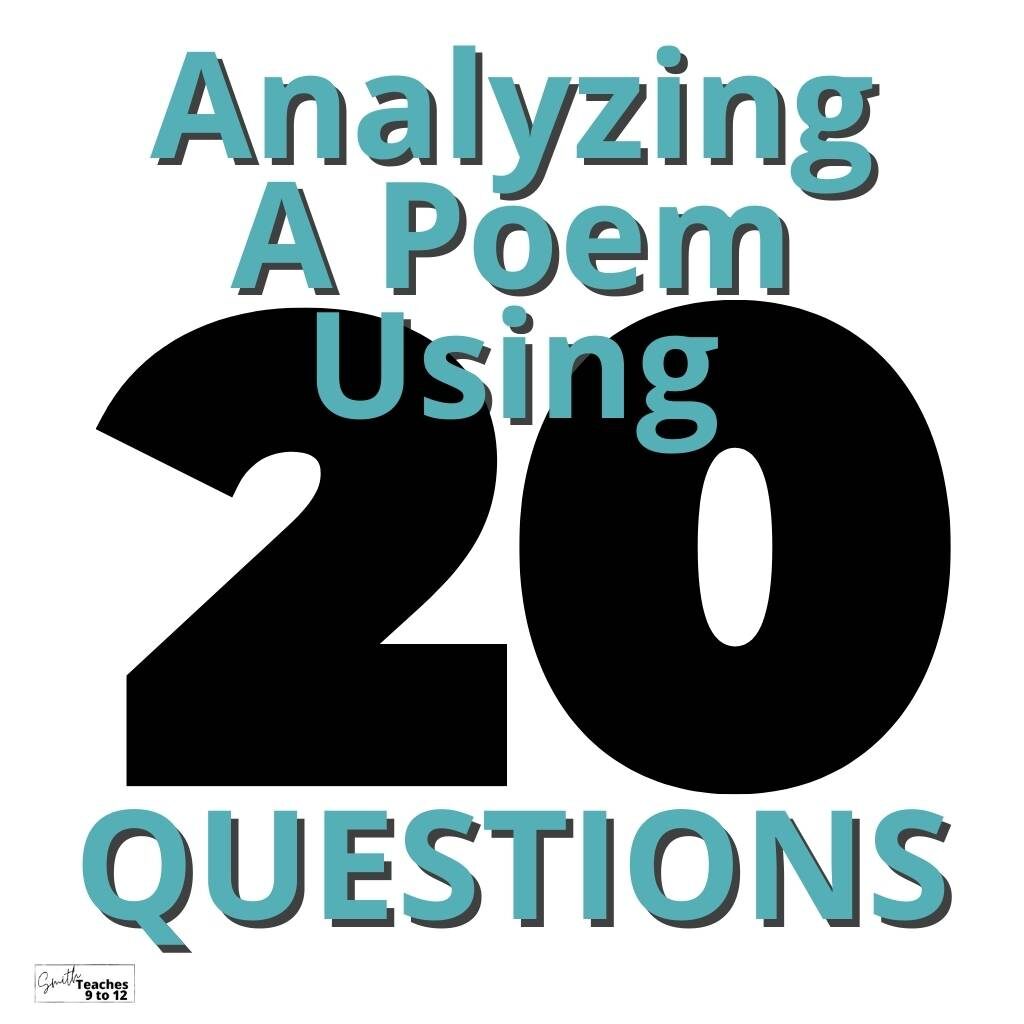
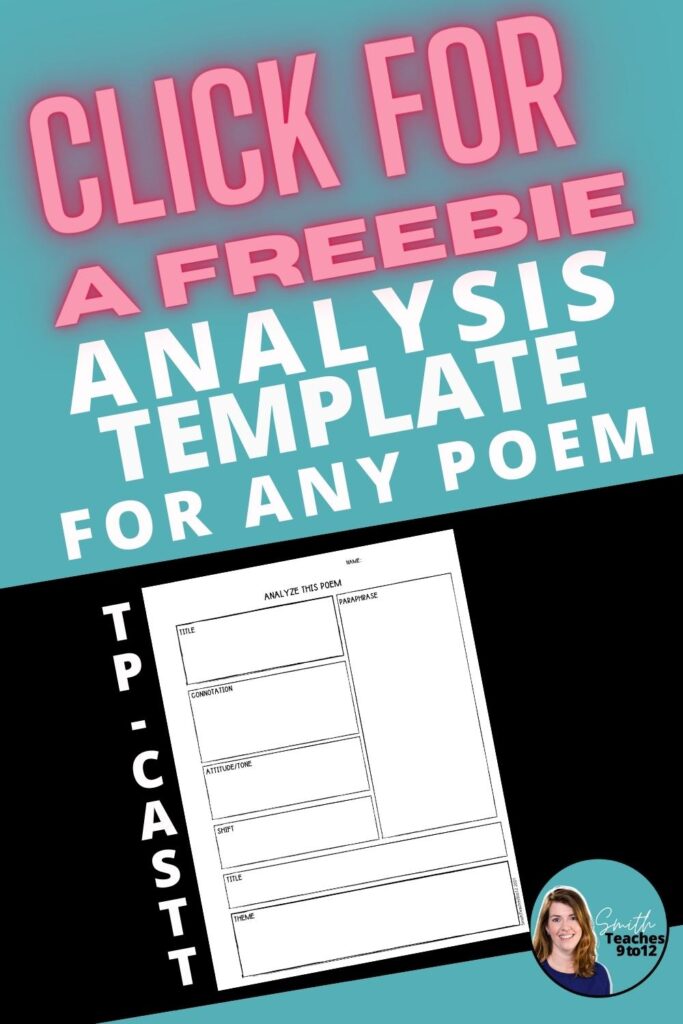
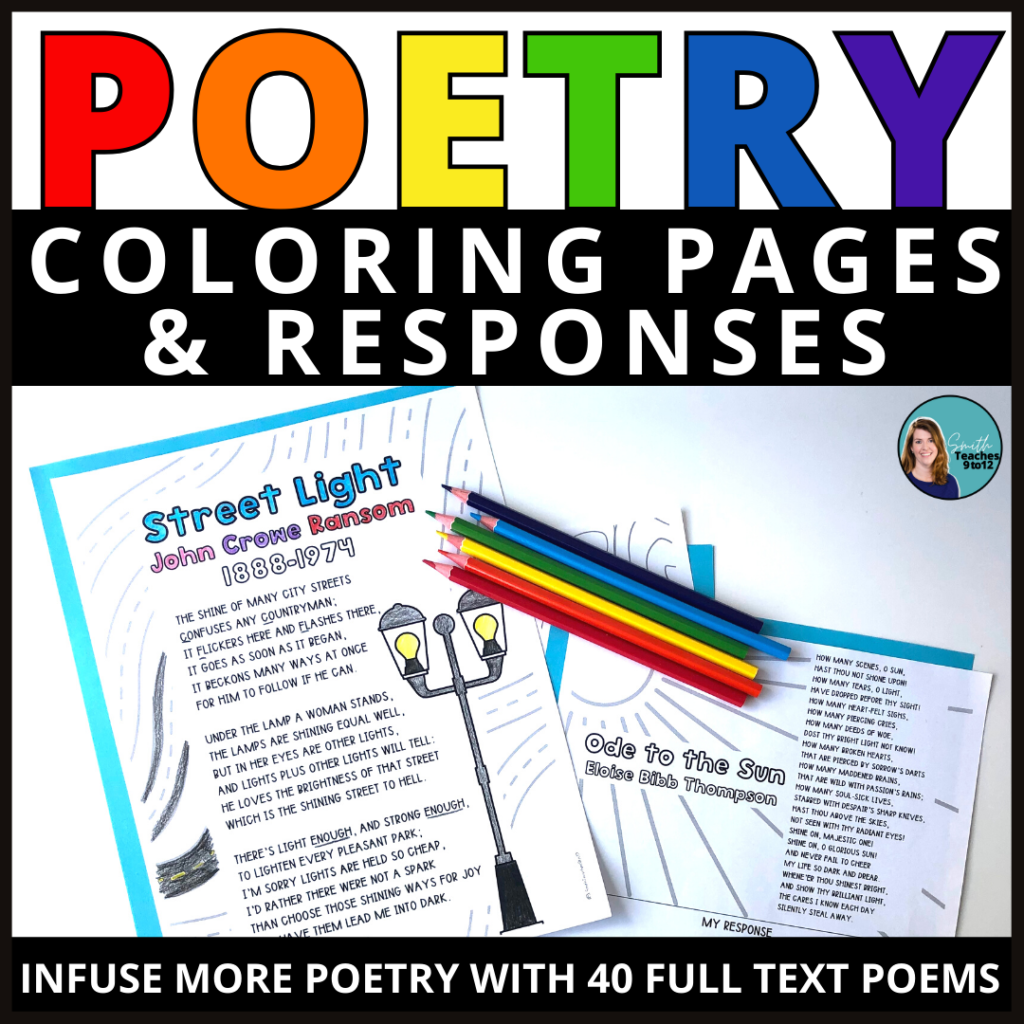
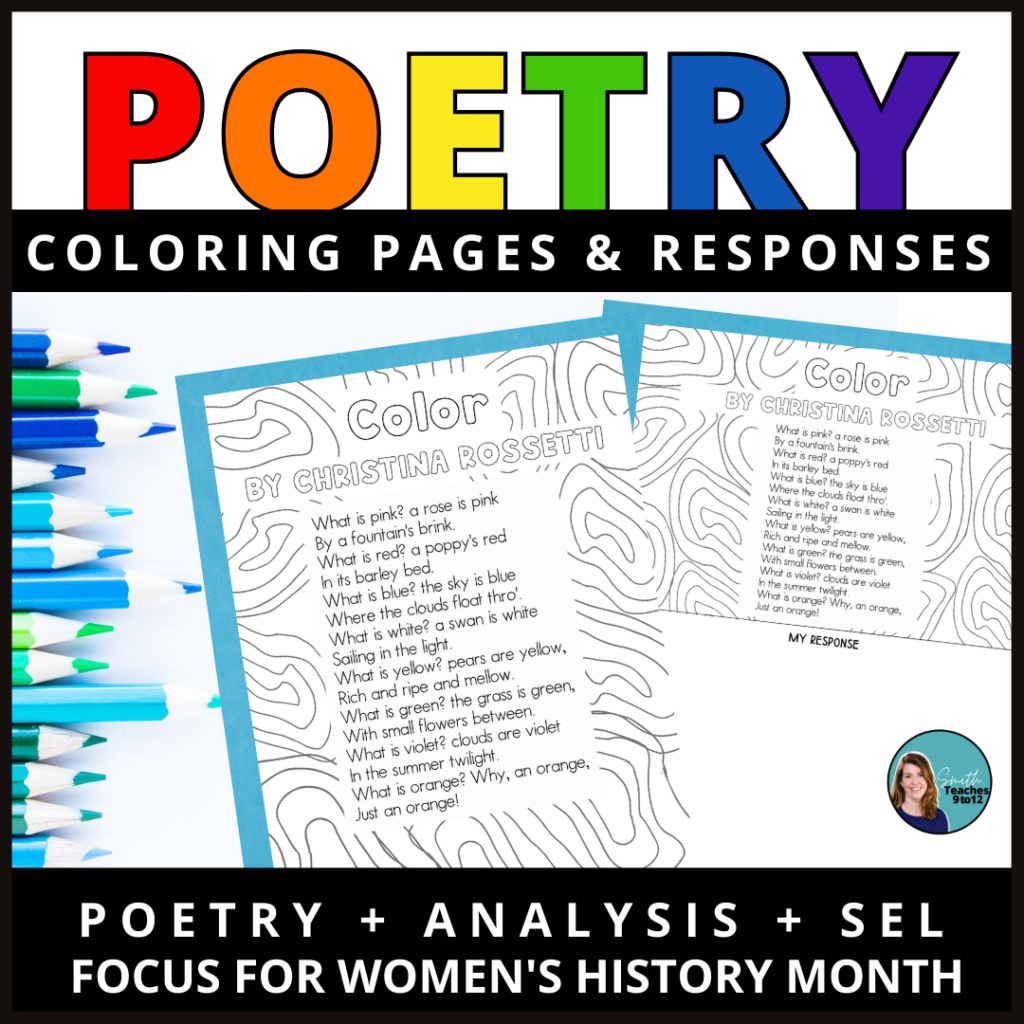

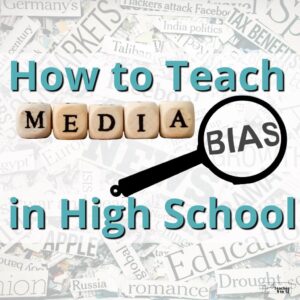

4 Responses